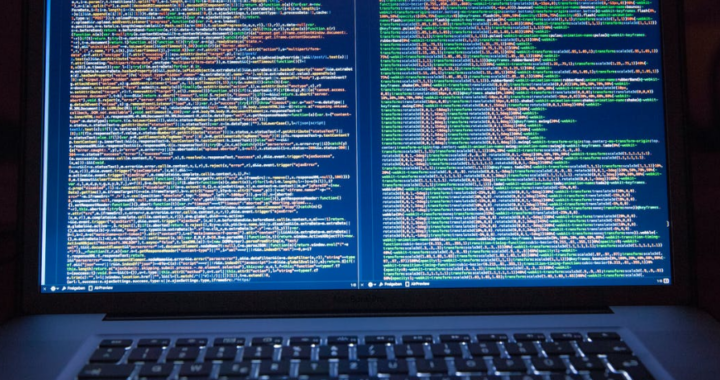Technology has advanced with time. Forensic expert uses cutting-edge tools to look for evidence and help investigators solve a case. The equipment is used for DNA identification, analyzing drugs, and retrieving data from destroyed evidence.
If you’re searching for a digital forensic consultant who uses top-notch equipment to look for substantial evidence, then we’re the ones for you. We’re a court-certified team of digital forensic experts with years of experience.
Here’s the list of essential tools used by forensic experts.
1. Alternative Light Photography
Alternative light photography is a great tool for detecting damage to the body before it appears on the surface. Blue light and orange filters are used to detect bruises on the skin. The ultraviolet light enhances the appearance of bite marks, bruises, and other spots. Lastly, infrared photography enhances the blood that appears on the body that’s hardly visible in the dark.
2. Facial Reconstruction
Facial reconstruction is a forensic tool used to recreate an individual’s face through skeletal remains. The process is used when the person’s face is unidentified. The tool combines anatomy, artistry, osteology, and anthropology for facial reconstruction. It’s a great method to identify dead bodies or victims.
3. Drug Testing
Drug testing is quite necessary for identifying unknown substances. Presumptive tests, gas chromatography, spectrometry, etc., are some famous tests for identifying different substances. Some additional high-end tests include microcrystalline testing and ultraviolet spectrophotometry.
4. Immunochromatography
Immunochromatography is a method for identifying diseases by putting a small sample on a prepared test strip. It’s great for pregnancy tests, COVID, and HIV. Forensic expert uses this method to identify different fluids in a body.
Elevating Digital Forensic Services: Our Commitment to Excellence
In your quest for a top-tier digital forensic expert, our team stands out as a beacon of expertise, consistently delivering results through the application of high-end laboratory equipment. With certification and extensive training, our forensic computer analysts have played pivotal roles in assisting government agencies in unraveling complex cases. Our commitment to the community is evident in our ability to expedite investigations, pinpoint culprits, and exonerate the innocent.
Our dedication to remaining at the forefront of forensic science has only deepened. The incorporation of artificial intelligence (AI) and machine learning into digital forensic services has significantly augmented our capabilities. Our team has wholeheartedly embraced state-of-the-art forensic software harnessing these technologies, enabling us to sift through extensive datasets, recognize patterns, and extract valuable insights that might have otherwise eluded detection.
Furthermore, our collaboration with leading forensic research institutions has broadened our horizons. We’ve gained access to emerging technologies, such as advanced DNA sequencing techniques, bolstering our ability as data forensic experts to extract crucial information even from minute samples. The evolution of forensic tools remains a dynamic process, and our team is unwaveringly dedicated to staying abreast of these advancements to ensure we provide the highest caliber of digital forensic services.
 Embracing the Future of Digital Forensics
Embracing the Future of Digital Forensics
As the field of forensic science propels forward, our arsenal of tools becomes increasingly sophisticated. From alternative light photography to AI-driven data analysis, the forensic landscape is evolving rapidly. Our commitment to excellence, coupled with an unceasing pursuit of knowledge and technology, positions us as your premier choice for a digital forensic consultant. If you are in search of a partner in unraveling the complexities of modern investigations, contact us today – we are prepared to bring our digital forensic expertise to your team and contribute to the pursuit of justice.
Are You Searching for a Digital Forensic Expert? Call Us
When it comes to using high-end lab equipment, our team never disappoints.
We’re a court-certified lab forensic team with plenty of experience on our plate. We have helped government agencies in getting to the bottom of a case by tracing evidence. Our work has helped agencies speed up their investigation process. We’ve helped them identify culprits and prove victims innocent.
We take pride in the work we do for the community. Being digital forensic engineer, we are all certified and trained to utilize top-notch methods for discovery. If you need a digital forensic consultant on your team, call us now for help!




 Embracing the Future of Digital Forensics
Embracing the Future of Digital Forensics



